In its latest report, the International Organisation for Migration (IOM) claims the situation in DRC is critical since December.
The UN refugee agency and the International Organisation for Migration warns that the situation in the Democratic Republic of Congo is worsening.
President Joseph Kabila has been in charge of the country since 2001, but in 2011’s election, the candidate for the presidency Etienne Tshisekedi claimed results had been manipulated and declared himself president too.
Ever since Kabila came to power, the DRC has had to cope with inter-ethnic conflict and pression in Ruanda, on the eastern border.
Since the sparks of violence caused by Kabila’s last refusal to step down of power in December 2017, insecurity and hunger have led to massive population movements
Last December, demonstrators against Kabila were killed all over the country, where clashes between the DRC’s army and militias continue in the South and the East.
Among the victims, 15 international cooperators from the United Nations were killed in the eastern province of North Kivu, a fact thar UN secretary general António Guterres considers to be “the worst recent attack on UN peacekeepers”.
The political situation and the general insecurity have forced people to flee their homes. Only last week, nearly 7,000 Congolese migrated to Burundi while some 1,200 more left to Tanzania.
Several population movements are having a catastrophic impact on basic resources, and the World Food Programme and the Food and Agricultural Organisation voiced its alarm over an increasing food insecurity in the country.
At the moment, the percentage of Congolese suffering from malnutrition is 10% of the DRC’s population, 2 million people more than six months ago.
The conflict has forced 4.5 million people out of their homes so far, and refugees are being hosted by communities who have limited resources themselves: formerly safe provinces like Kasai and Tanganyika are no longer a peaceful area.
The DRC’s chief of mission for the International Organisation for Migration (IOM), Jean-Philippe Chauzy, states thta DRC’s crisis is at a “breaking point”, and part of it is due to the lack of fundings for humanitarian assitance.
With war comes population movements, hunger and a rise in sexual violence against women, girls and children: IOM compared the situation with that in the 1994-2003 conflict, and Unicef found evidence of eastern Congolese children being abused.
14 years old.
— IOM - UN Migration (@UNmigration) February 4, 2018
Pregnant.
Sexual violence knows no boundaries in the DR Congo.
Read the horrifying tales of 5 displaced Congolese #women: https://t.co/FtHpuF9dCL pic.twitter.com/HTGtaaLOpG

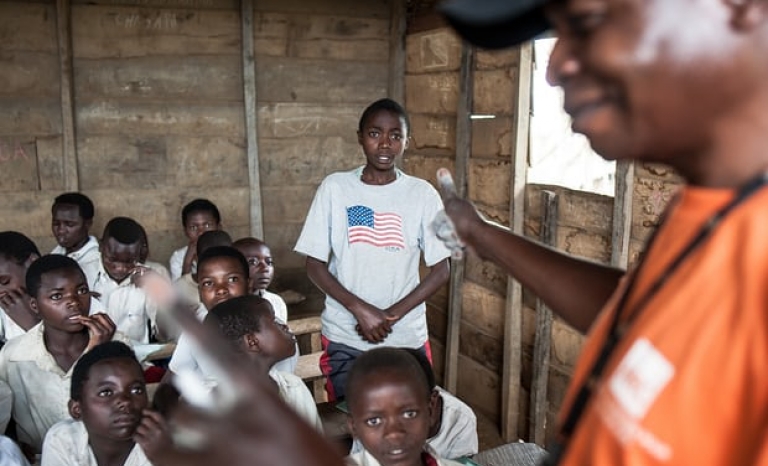

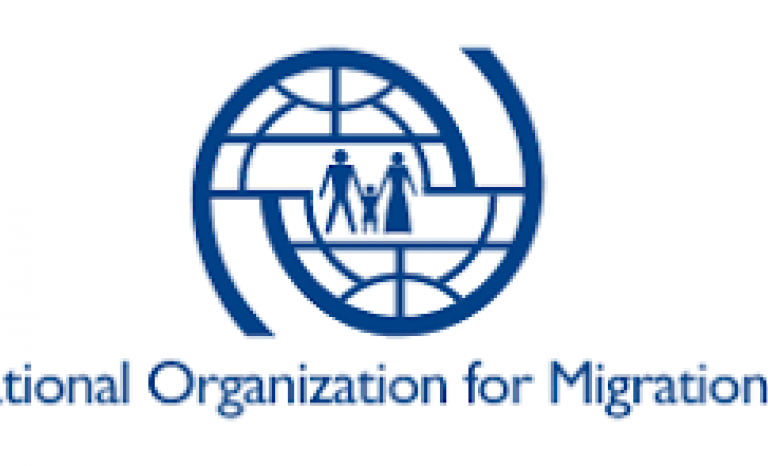
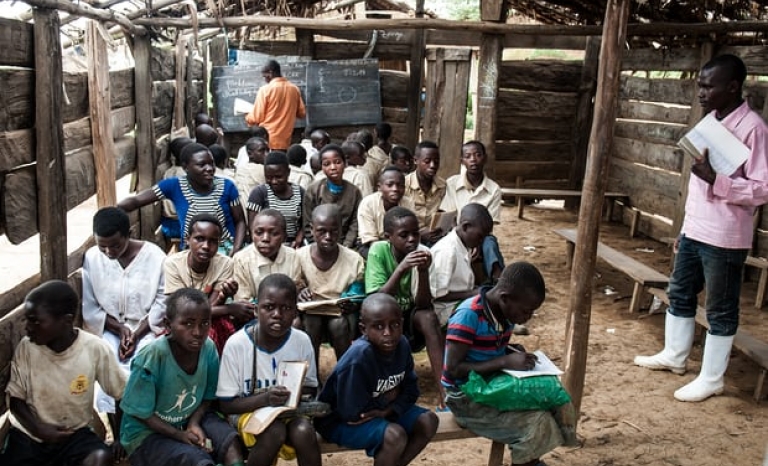
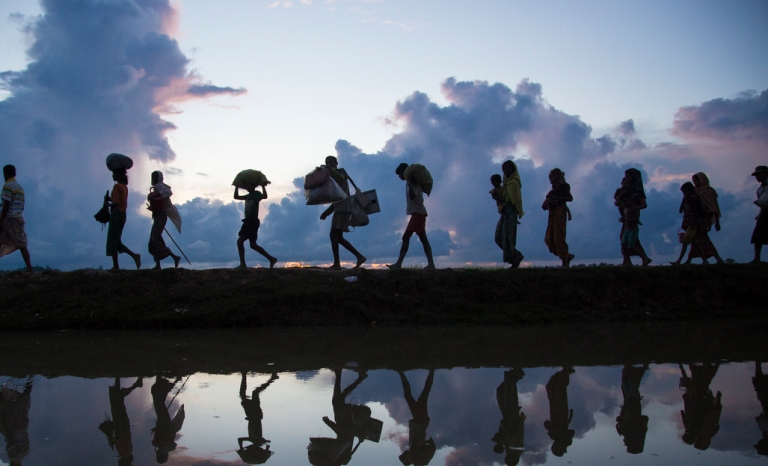
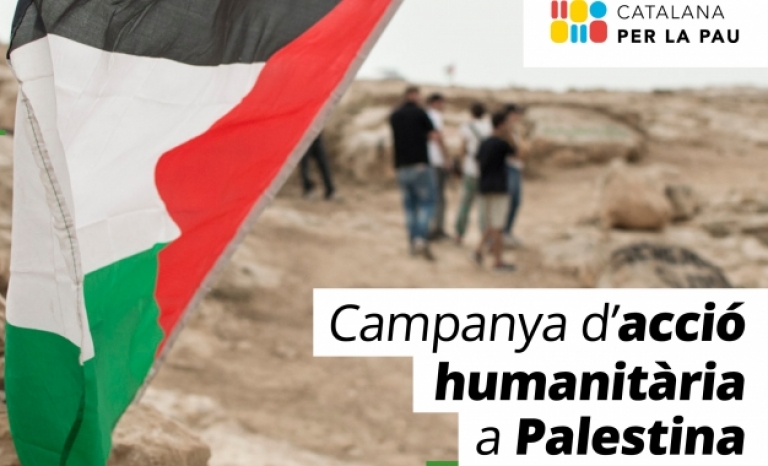
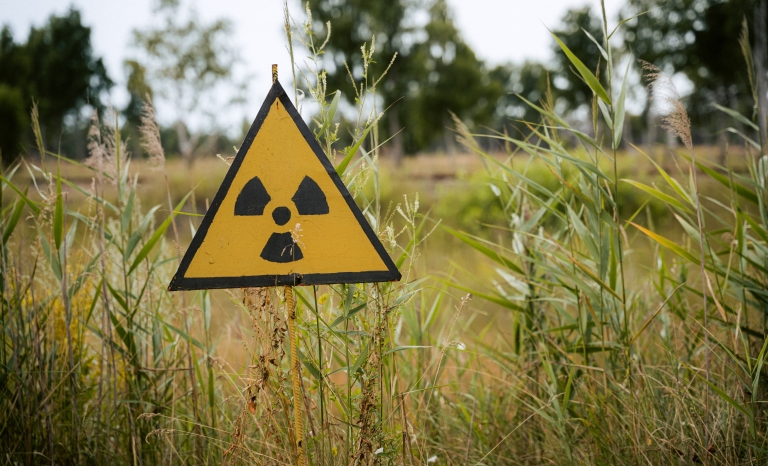
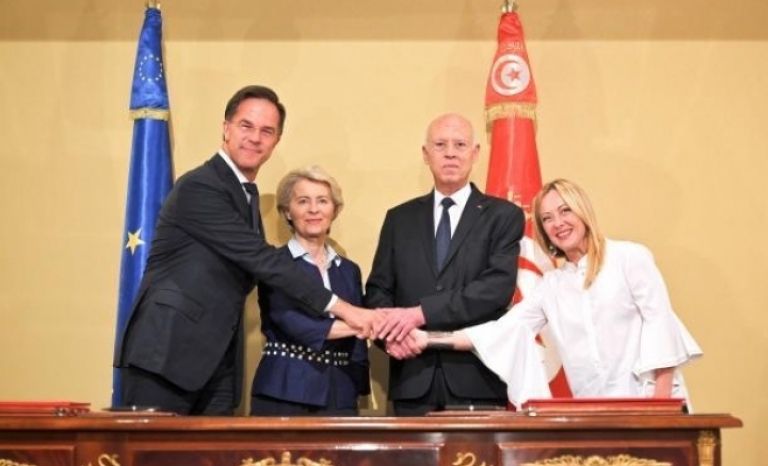



Add new comment